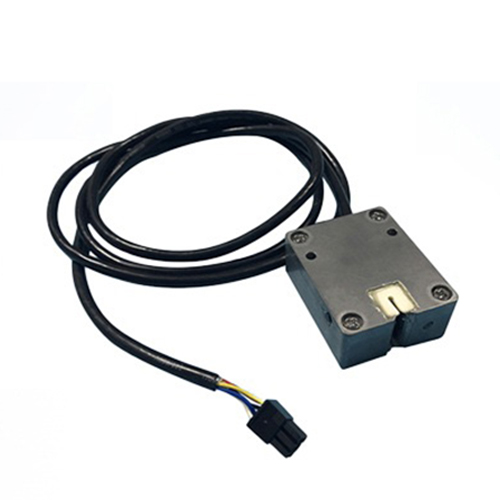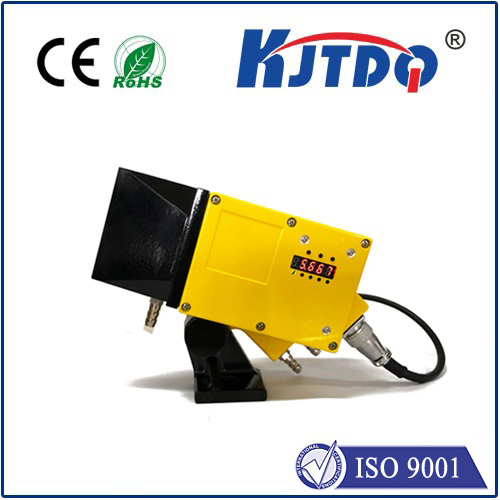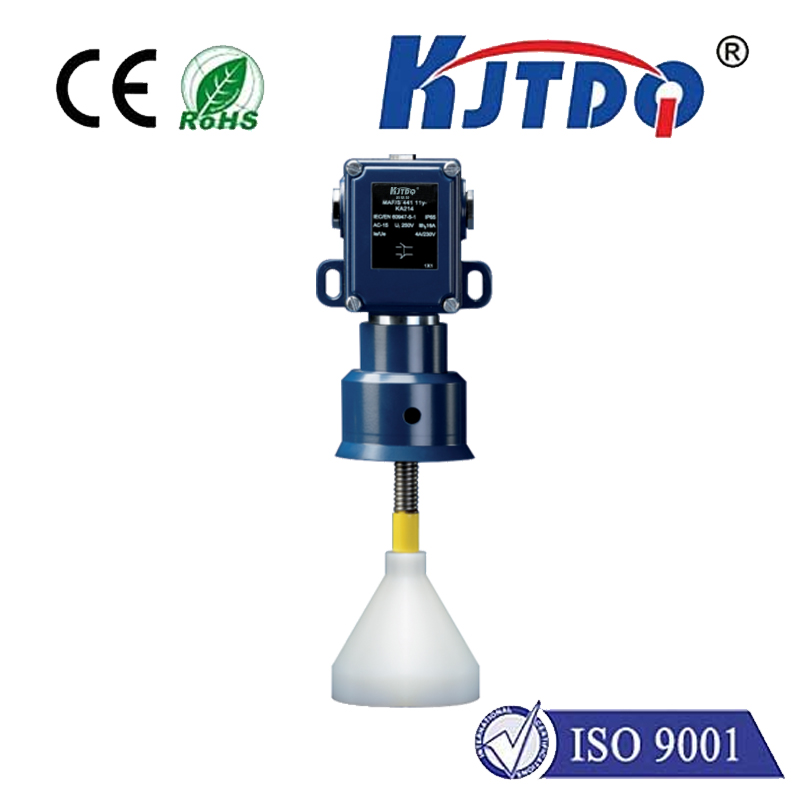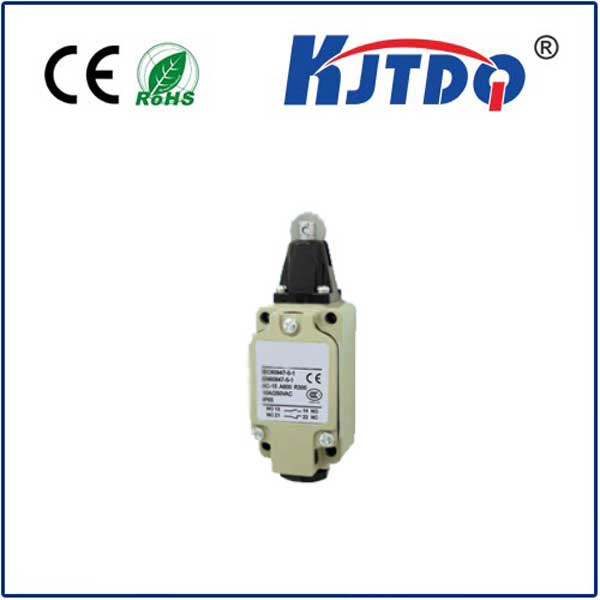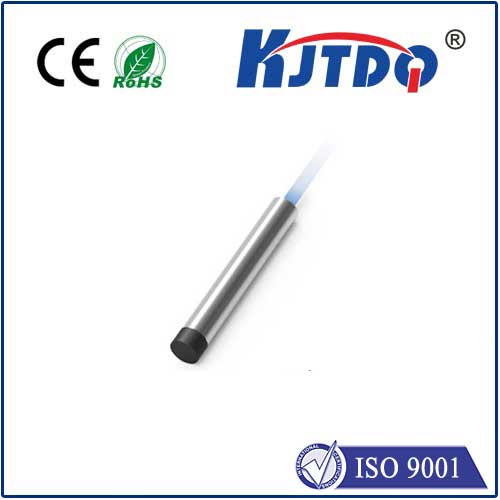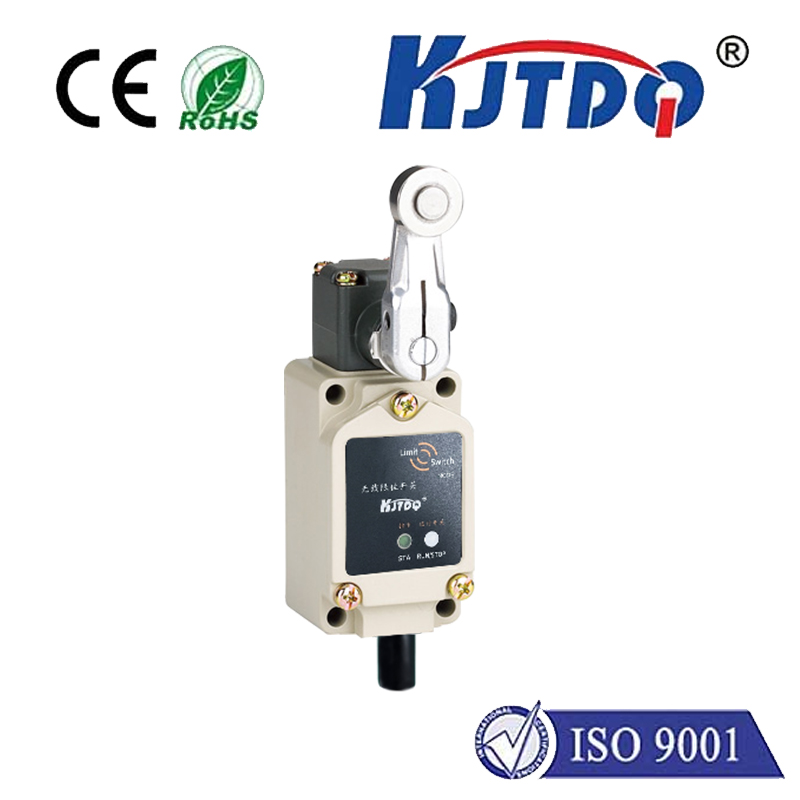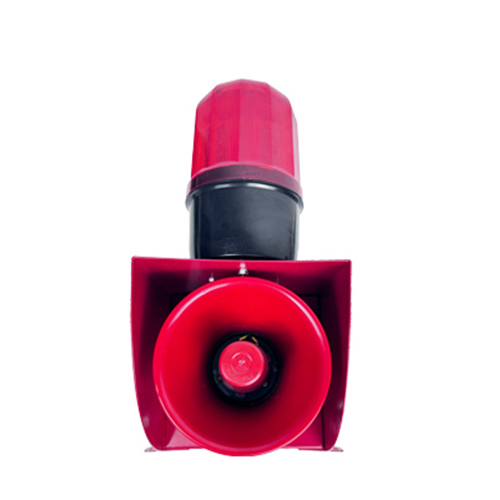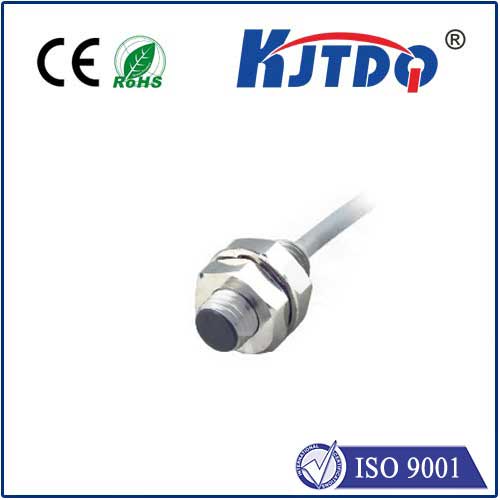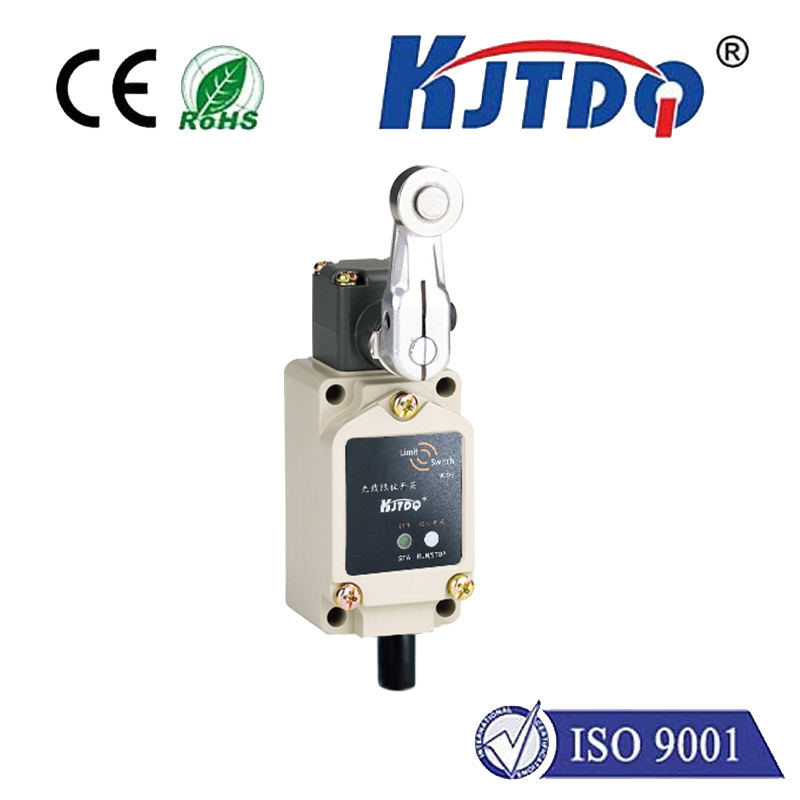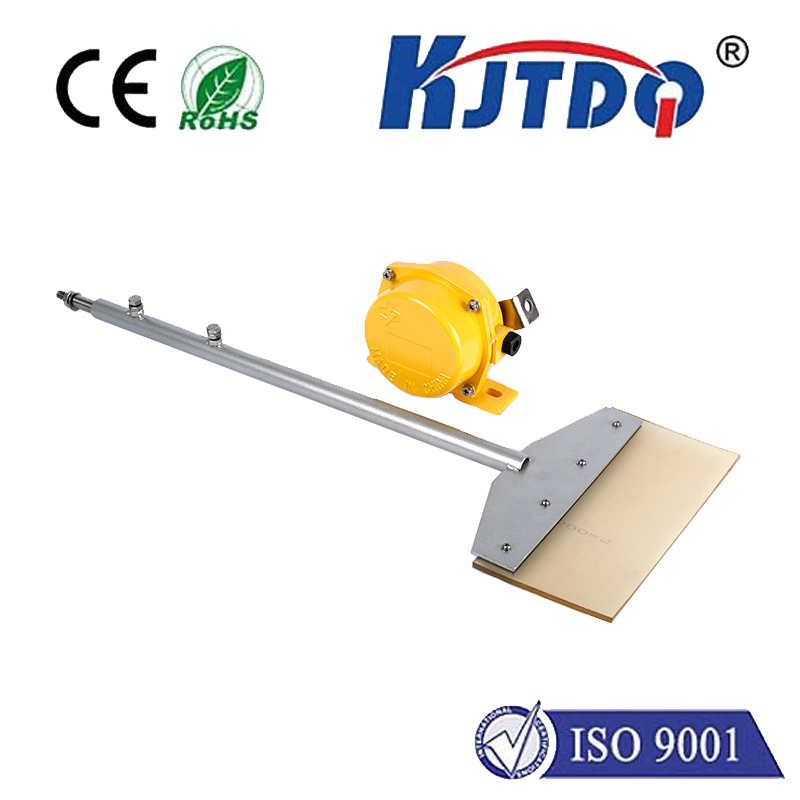

check

check

check

check

check

check

check

check

check

check
Title: The Importance of Limit Switches in Rotary Actuators
Rotary actuators are mechanical devices that rotate a shaft in response to an input signal. These devices are widely used in various industries, including automotive, aerospace, and industrial automation. One crucial component of rotary actuators is the limit switch, which helps to prevent over-rotation and ensures safe and precise motion. In this article, we will explore the role of limit switches in rotary actuators and their importance in maintaining optimal performance and safety.
Section 1: Introduction to Rotary Actuators
A rotary actuator is a type of mechanical device that consists of a shaft, a motor or other drive source, and a positioner. The shaft rotates in response to an input signal, such as electrical, pneumatic, or mechanical power. Rotary actuators are widely used in applications where precise positioning and control are essential, such as robotics, CNC machines, and medical equipment.
Section 2: What is a Limit Switch?
A limit switch is a device that detects when an object has reached its desired position or stopped moving. It consists of two parts: a switch mechanism ( typically made of a magnetic or pneumatic element) and a contactsor (a metal contact that opens or closes the switch). When the object approaches the limit switch, the switch mechanism triggers the contactsor, causing the motor to stop or reverse direction. This prevents over-rotation and ensures safe and accurate motion.
Section 3: Types of Limit Switches
There are several types of limit switches available for use with rotary actuators, each with its own advantages and disadvantages. Some common types include:
1. Contact switches: These are the most basic type of limit switch, consisting of a metal contact that opens or closes when pressure is applied. They are simple to install and maintain but can be prone to wear and damage from dust or debris.
2. Optical switches: These switches use light sensors to detect when an object has reached its desired position or stopped moving. They are generally more reliable than contact switches and do not require any physical contact between the switch and the object. However, they can be more expensive and may require specialized lenses or lighting conditions.
3. Mechanical switches: These switches use a mechanical mechanism to open or close the switch, such as a plunger or cam mechanism. They are typically more durable than contact switches but can be more complex to design and assemble.
Section 4: Advantages of Using Limit Switches in Rotary Actuators
Limit switches play a crucial role in ensuring safe and reliable operation of rotary actuators. Some of the key advantages of using limit switches include:
1. Preventing Over-Rotation: Limit switches help to prevent over-rotation by stopping the motor when it reaches its maximum speed or when an object has reached its desired position. This prevents damage to the motor, gears, shaft, or other components of the rotary actuator.
2. Ensuring Accurate Positioning: Limit switches allow users to accurately determine where the rotary actuator has traveled by monitoring the activation of the switch. This makes it easier to set up repeatable processes or adjust settings as needed.
3. Safety Features: Many limit switches come equipped with fail-safe features that automatically shut off the motor in case of malfunction or emergency situations. This helps to ensure the safety of operators and other personnel who work with rotary actuators.
Section 5: How Limit Switches Are Installed in Rotary Actuators
Installing limit switches in rotary actuators requires careful attention to detail to ensure proper function and safety. Here are some general steps for installing limit switches:
1. Choose the appropriate type of limit switch based on your specific application requirements and budget.
2. Ensure that the limit switch is compatible with your rotary actuator and motor specifications.
3. Position the limit switch so that it can accurately detect the position of the object being controlled by the rotary actuator. This may require adjusting the angle or height of the switch depending on the specific setup.
4. Connect the limit switch to the appropriate wiring harness or terminal block in your rotary actuator system
